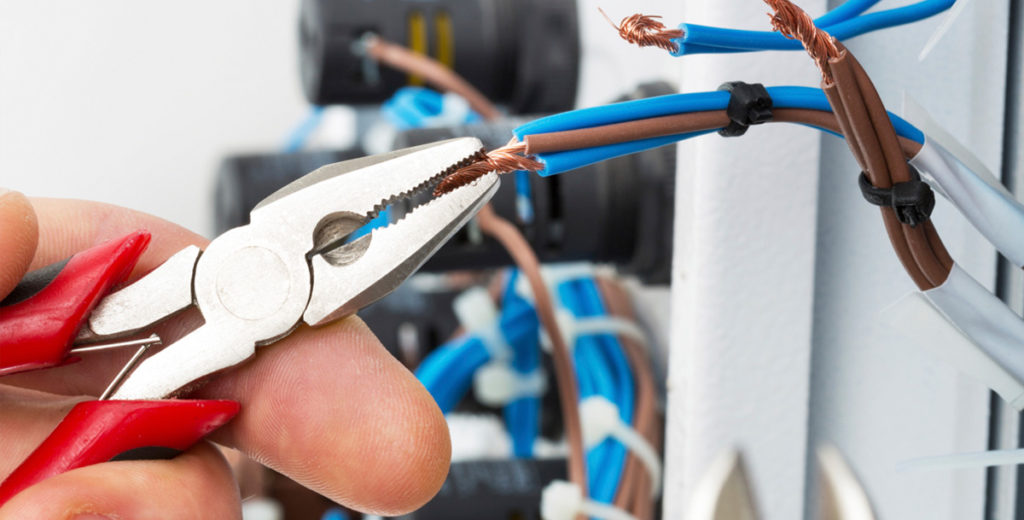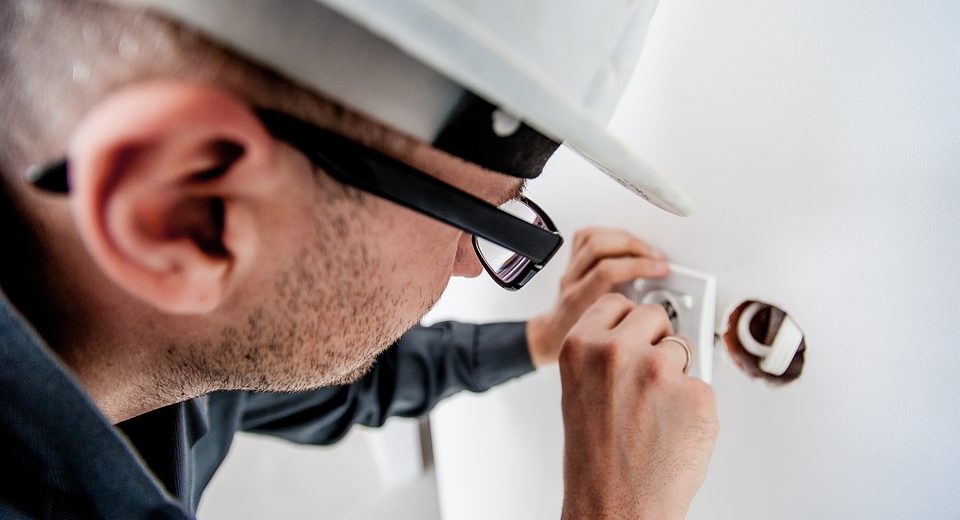Electrical testing should play a vital part in every business’ health and safety policy. There are various electrical tests that businesses can undertake on a regular basis, including PAT testing. PAT Testing (Portable Appliance Testing) involves the testing of portable electrical appliances. In general, portable appliances are defined as anything with a plug that can be moved. In a business setting, this could include computers, photocopiers, kettles, microwaves or electric heaters.
In the UK, all commercial businesses have a legal responsibility to ensure that all electrical equipment is safe to use. This includes appliances in offices, shops and factories, and even appliances in properties that are let to tenants. PAT testing is conducted if a business premises have appliances that are used by employees or members of the public, or if the public will be in close proximity to the appliances. Companies that hire out, service or repair electrical equipment should also conduct PAT testing.
PAT testing should always be carried out by a qualified and experienced operative. They should have had specific training is PAT tested. During testing, a number of visual inspections and electronic tests will be performed on every portable appliance. This is to establish the safety and suitability of each appliance in the workplace. It takes a few minutes to test each appliance, during which time they will have to be powered down. While it is occurring, PAT testing should have little impact on the running of a business. However, it can be carried out when the workplace is empty (i.e. The weekend) if necessary.


